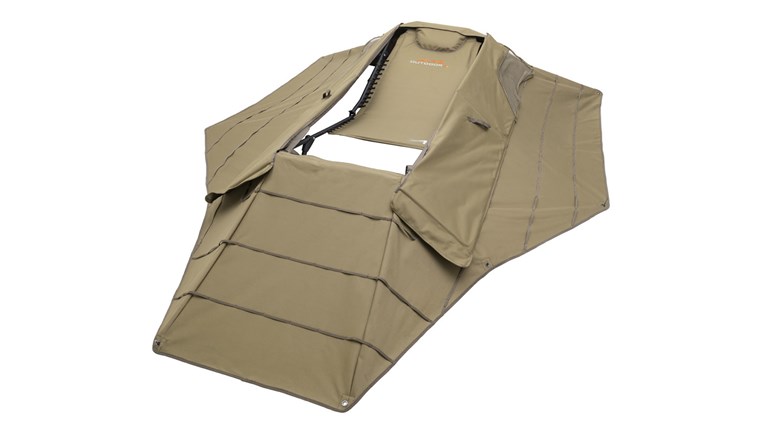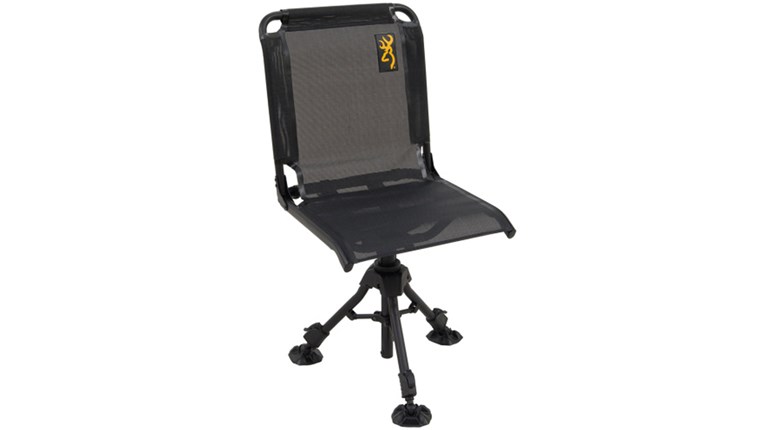
In the exercise of Second Amendment freedoms, a good trend is rolling forward, or at least it seems so to us. Folks are taking seriously the idea that firearms ownership isn’t enough.
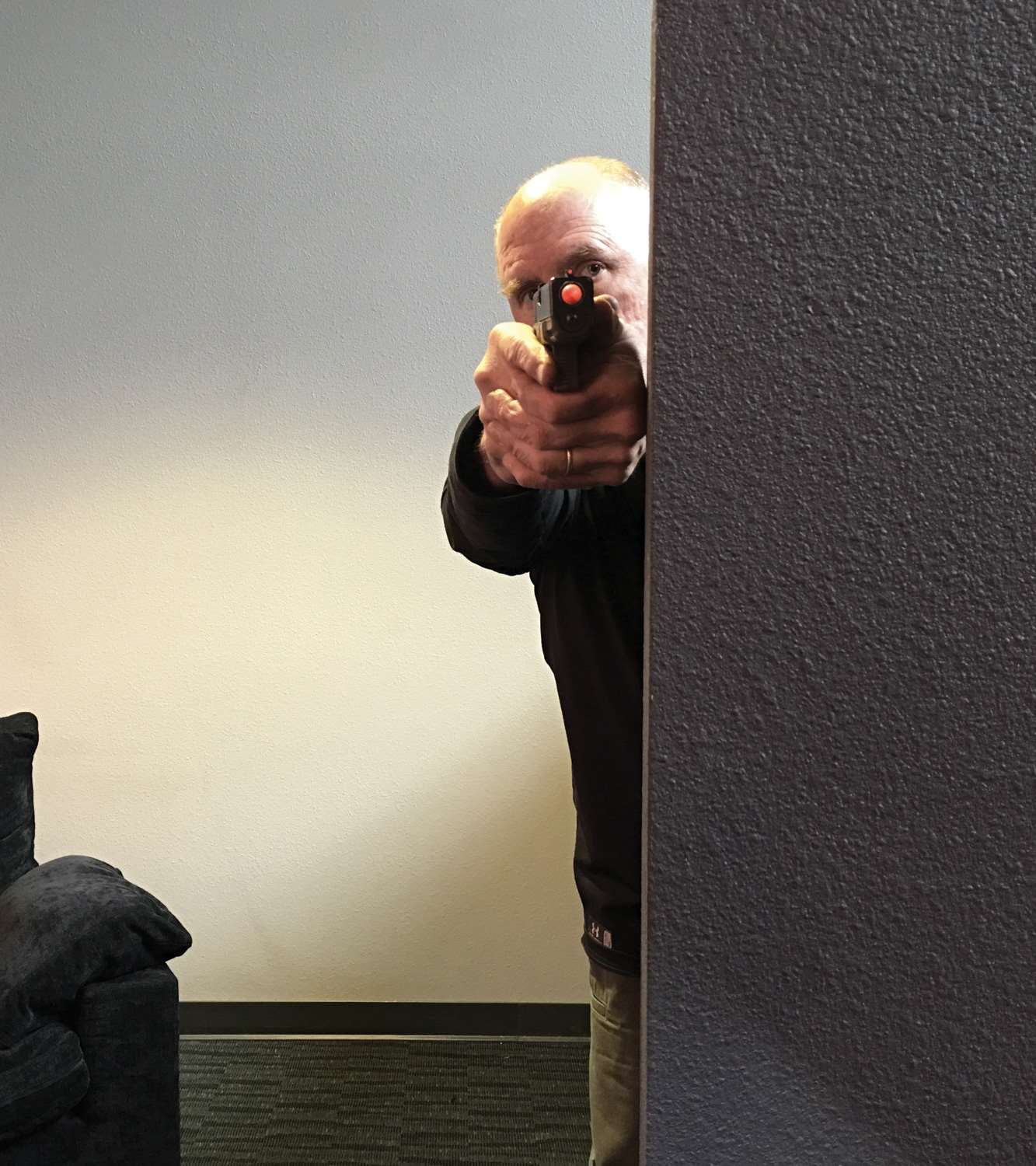
Granted, acquisition is a crucial step. Our fervent hope, however, is that it follows a period of introduction and instruction. In both arenas, early learning needs to focus on safety, and then the technique(s) that apply to your particular firearm.
In a truly sound course of skills development, it doesn’t take long to get beyond those classes of information. Learning that doesn’t revolve around a specific firearm then comes back to the fore, and in that spirit we broach a difficult classic—cover and concealment.
If you recognize these as importantly different, well done. But if not, such is no cause for embarrassment—the largely synonymous use of the terms in everyday speech may be partly to blame. Focus on a single differentiator—permeability to bullets—and the distinction grows clear.
And that distinction isn’t a trivial one: “Cover” is an object or material stout enough to protect you from incoming fire by stopping or deflecting projectiles, while “concealment” is a vision barrier between you and someone who means you harm. As you see, cover is quite frequently concealment (though not always), but the reverse is never literally true.Whether armed or not, it’s a good habit to get into recognizing what actually is cover.
Concealment can be very effective and is unquestionably better than nothing. To confound any visual search—and especially if something is aimed at you—is desirable. If envisioning the advantage comes hard, that’s because there are few day-to-day applications or analogues. Considering a soldier or law enforcement officer may help: It’s the entire point of camouflage, for instance.
Cover is quite another matter. Whether armed or not, it’s a good habit to get into recognizing what actually is cover. Most walls, for instance, are not. That includes exterior walls. Unless they’re of brick or other “masonry,” many projectiles will pierce them. Ditto for many doors.
The same is true of modern automobiles. The materials that make them lightweight and fabulously aerodynamic also render them comparative Swiss cheese: Unless the engine block intervenes, most are bullet-permeable. (The bad news here in a general sense: Cars are really quite insecure unless they are moving. But that’s for another time.)
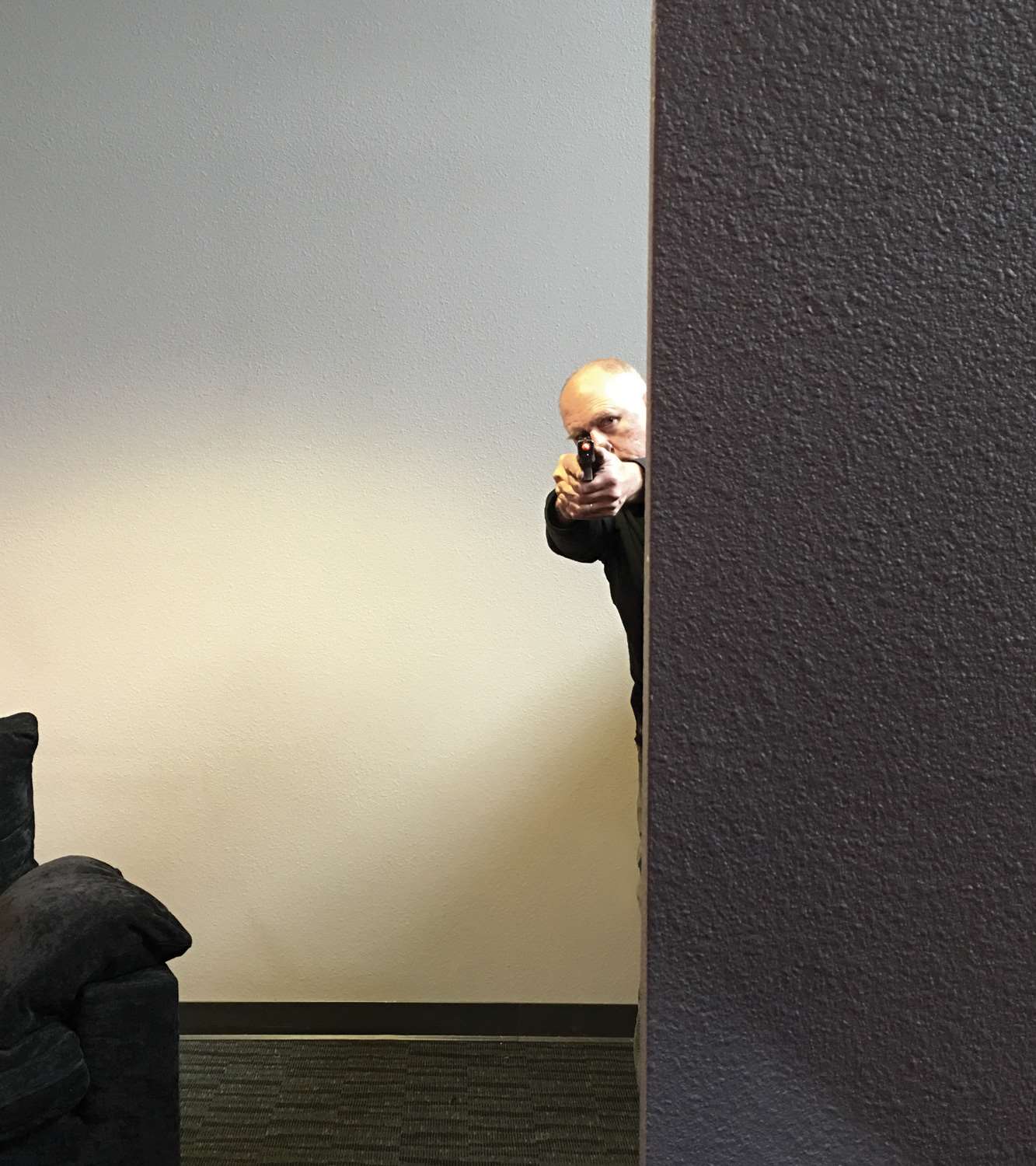
If you’re defensively minded and armed, the considerations get thornier. There are many reasons for this—indeed, using cover well is an arguable career—but it’s never too early, or late, to start thinking about it. Added to the complexity is (yet another) Hollywood “gun” problem: The many subtleties of using cover correctly aren’t captured well in motion picture/TV mediums. As a result, we may have a lot of things in our heads that aren’t so.
Fortunately, there’s a starting point: Don’t crowd your cover. By “crowd,” we mean, “get too close to.” If you think about this for a few moments, we bet many scenes from Hollywood come to mind.
Here are three reasons to not crowd your cover.
Reveal
Here, we’re referring to how much of yourself you permit to be seen around the edge of your theoretical cover. This applies both to maneuvering out of danger as well as to situations where you may have to shoot back. Like Hollywood, this is tough to “show” photographically, but if you back up from a corner to look or go around it, and then swap places with an observer who’s around that corner, the benefit screams at you. You can “reveal” far less of yourself—usually at least a third—yet see just as much. No firearms for this purpose, obviously, unless it’s a blue gun/non-firing simulator. You can “reveal” far less of yourself—usually at least a third—yet see just as much.
Notice, too, how you don’t have to assume a precarious lean if you need to shoot, nor expose a foot (to be shot) when you do this. Swap places with a training partner to see this, and it’s a mistake you won’t repeat. Again, absolutely no real firearms. Duh.
Keep in mind you also don’t appear around the corner where you’re expected in the sense of position. Here, the Hollywood miseducation works in your favor. While we tend to think of the reveal as a vertical—a doorway or other corner—this applies to horizontal cover too. Back up whenever you can. It “feels” less secure, but improved vision more than makes up for the security of proximity.
How far should your standoff be? If you’re in a hallway, obviously the width of the corridor is the limit, but otherwise take whatever you can get. Don’t get Tueller-ed here either: Distance is your friend as reaction time is by definition hampered. This gets to a second issue …
Ambush/Disarmament
This is much less likely to be effective if you put some space between yourself and whatever “edge” you’re breaking. Some part of your head must lead around the corner before you can see anything, and an aggressor hard against the other side will always have a visual advantage and know you’re coming. Non-firearm weapons are devastating at such close ranges, so this is a baaaaaad mistake.
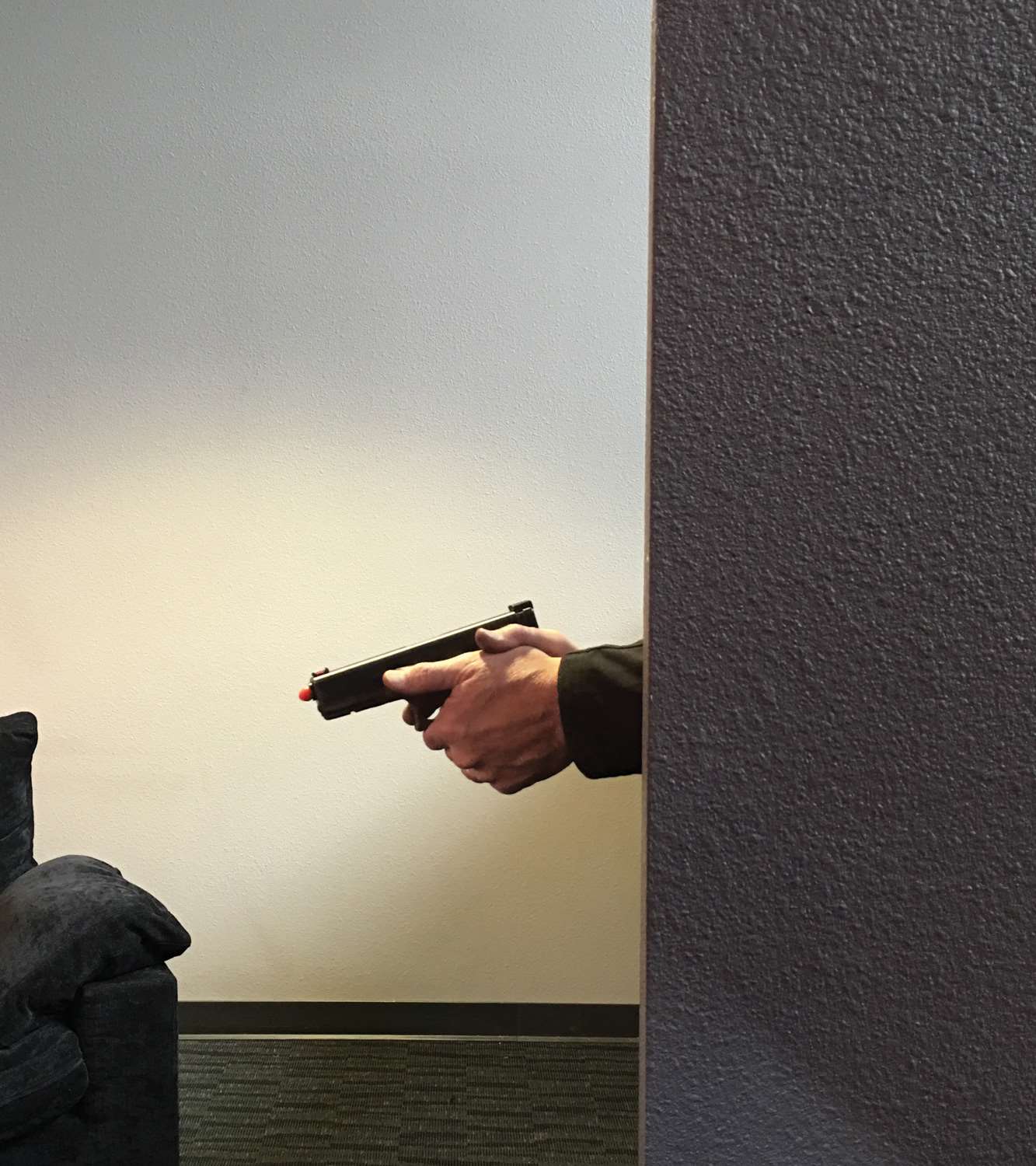
Disarmament is also a biggy if you compound a cornering mistake by leading with your hand or hands. You’ll be easy to see for sure, but could also to be relived of your wherewithal. Feet can telegraph your position too.
The best way to think of this is to let your “cover” be “concealment” as long as possible.
Hard Wall/Soft Wall
Perhaps nowhere is the difference between cover and concealment more crucial than it is here. “Soft” walls, as we noted, aren’t cover at all, though they can still be effective in defensive terms.
There’s a special case—albeit tenuous—that applies to interior corners that works in your favor when you don’t crowd them: Corners are generally structural, and therefore consist of more material than walls. Stack up enough of these—like at corners—and you may get cover by default. But bet on it to break the “don’t crowd” rule? No bet here: Like a hockey goalie going out from his net to “cut off the angle,” this works in your favor more usefully if—again—you don’t crowd.
Hard walls present another problem that is mainly ballistic in nature, and relates to the real world performance of compromised projectiles and hard surfaces. Still, they fall under the “don’t crowd” umbrella because it’s another way to get hit, and hurt. Still, they fall under the “don’t crowd” umbrella because it’s another way to get hit, and hurt.
When bullets hit a surface at an angle, not all their energy may be consumed in the act of piercing. If the angle (of “incidence”) is shallow enough, they may in fact not pierce at all. As we said, the ballistics of the materials science is complex, and in rough terms is a function of how hard (wall material as well as the bullet), how porous (wall surface), and how fast (the bullet). In sum, they can cause a projectile either to bounce/ricochet (more likely for higher velocities), or tumble along a wall for surprising distances. Translation: Don’t hug walls, and especially not hard ones.
The actual “exercise” of overcoming our impulse to confuse or crowd cover is hard to get. We learned our lessons mostly by understanding the theory (reprised here to some useful extent, we hope), but mainly in the field with force-on-force. The latter is hard to come by, but highly recommended.
In the interim, we get outdoors with some barriers, and a good instructor. There are safe ways to learn these techniques, and that must be the primary consideration. He or she will all but certainly start with dry practice—absolutely no guns/ammo the first time or two (and if not, ask why)—because seeing both perspectives is what will teach most indelibly. Mind your backstop carefully, too. Movement is implicit in learning to not crowd your cover, but where those bullets go is still your responsibility.












